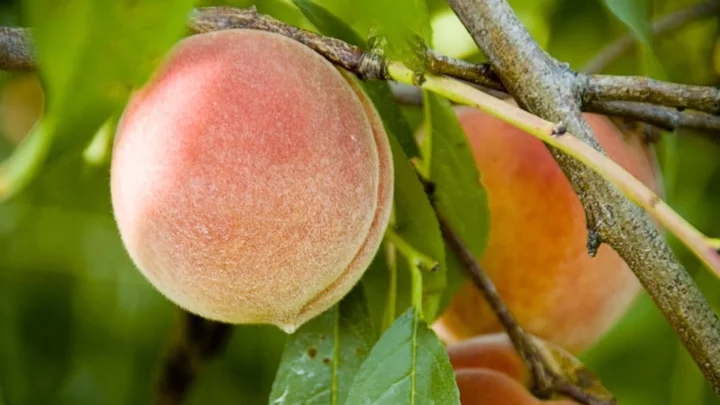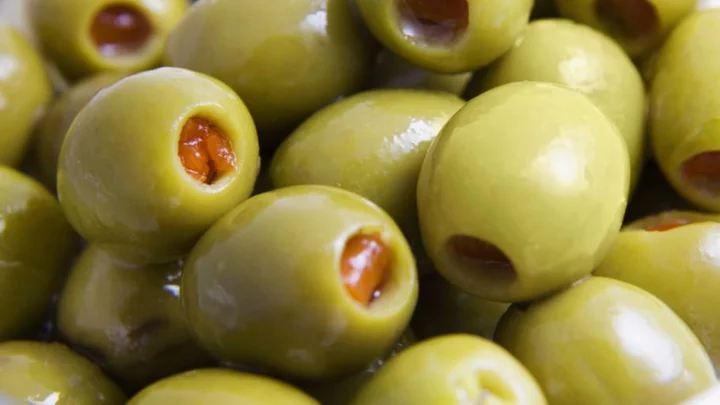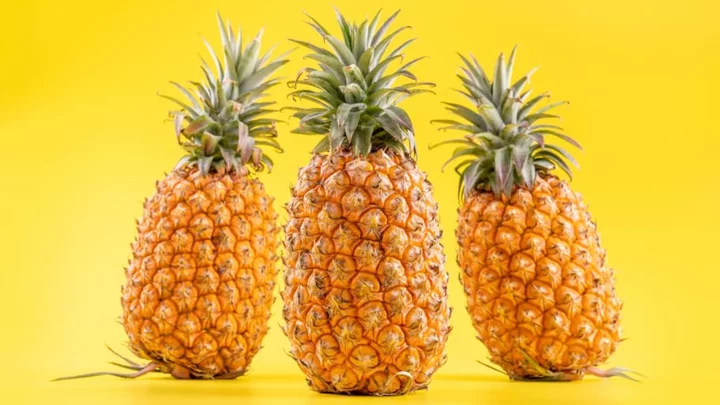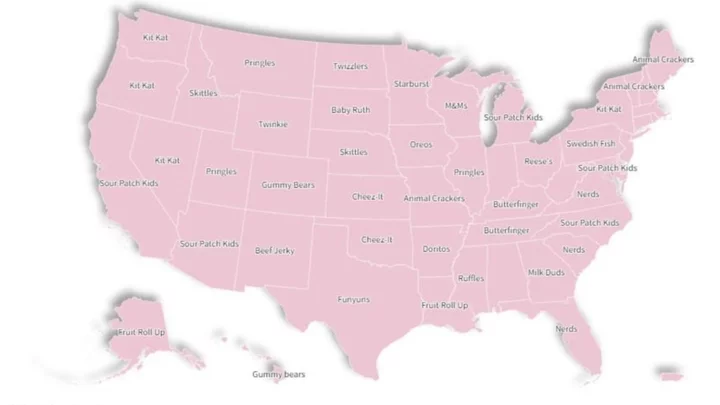Fuzz on fruit is usually a bad sign, but that’s not the case with peaches. The orange stone fruit is famous for the light layer of downy hairs coating its exterior. Whether you enjoy the velvety skin or prefer to peel it off, you may wonder why peaches developed this unique feature in the first place.
While some plants use thorns and poison to passively deter predators, peaches fight back with fuzz. According to allrecipes, insects are irritated by the fine bristles and therefore won’t stick around very long after landing on the fruit. This stops them from making a meal of the soft flesh or laying their eggs inside it.
In addition to pest control, peach fuzz doubles as a natural preservative. The same delicate skin and flesh that make peaches susceptible to hungry bugs put them at risk of rot under certain circumstances. Because water fosters bacteria, excess moisture on food can speed up decay. The tiny hairs on peaches delay this by collecting condensation droplets and holding them away from the fruit’s skin.
Unlike much produce sold in the supermarket, modern peaches aren’t the result of selective breeding. Fossilized pits found in China suggest peaches similar to the ones we eat today were growing without human intervention in the late Pliocene era. That doesn’t mean we haven’t tinkered with the crop in recent history. Nectarines are just a type of peach we’ve bred to be smooth, and as a result are more vulnerable to threats. But even with hairless versions on the market, there’s still demand for the fuzzy peaches that have flourished in nature for millions of years.
Have you got a Big Question you'd like us to answer? If so, let us know by emailing us at bigquestions@mentalfloss.com.
This article was originally published on www.mentalfloss.com as Why Are Peaches Fuzzy?.









